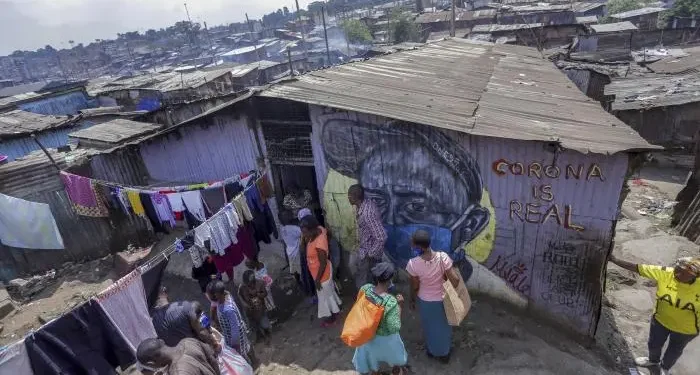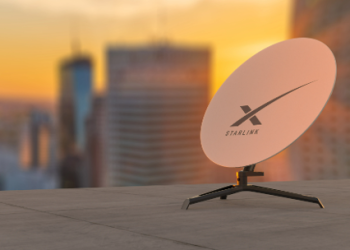Internet outages crippled the smooth operations of businesses in Kenya, Tanzania, and Rwanda over the weekend and this was due to a submarine cable cut.
This latest development has made internet users including business owners across East Africa experience poor connectivity, with service providers also acknowledging the issue.
Meanwhile, they have said they are working to fix it.
NetBlocks, in a post on X (formerly Twitter), stated, “Network data show a disruption to Internet connectivity in and around multiple East African countries.”
READ MORE: LemFi Suspends Ghana Operations, Here’s Why
Mr. Roberts, from the pan-Africa company Liquid Intelligent Technologies, said that he had confirmed that one cable that runs alongside the coast of East Africa, known as Eassy, had been cut earlier on Sunday some 45km (28 miles) north of the South African port city of Durban.
“Three key submarine cables in the Red Sea – Seacom, EIG, and AAE1 – have also suffered cuts and remain unrepaired, leading to the widespread outage,” he wrote.
Another cable was also cut. He ruled out the idea that it could be sabotage and said it was rather an unhappy coincidence.
Other cables linking East Africa to Europe are also available and gradually the service should improve as data is re-routed. But as a lot of big companies have data centers in South Africa the damage to the vital link that Eassy provides had a big impact.
Cloudflare Radar, which monitors internet connectivity, said that Tanzania was one of the worst-affected countries with traffic falling to 30% of expected levels.
Tanzania’s Citizen newspaper described what happened as an “internet blackout [that] has affected major network channels”.
In Kenya, the outages affected users of major networks and internet service providers, including Safaricom and Telkom Kenya, according to social media posts.
Malawi, Mozambique, and Madagascar have also been affected according to Cloudflare Radar.
The extensive power failure is undoubtedly causing widespread disruption and economic impacts until the critical cable systems can be restored to operation.
What Service Providers Are Saying
Service providers operating in the affected regions, have communicated with their customers as it relates to the internet outages.
In response to a Kenyan user who wanted to know if they would be able to watch the Manchester United versus Arsenal English Premier League match, Airtel said its team was working on the “network issue” and apologized.
Safaricom, Kenya’s biggest telecoms operator, announced that it had activated redundancy measures to minimize service interruption and keep subscribers connected as they await the full restoration of the cable.
The telecom operator, however, said subscribers would experience reduced Internet speeds. It stated; “Our sincere apologies for the experience. We are looking into the issue for resolution as soon as possible. Kindly bear with us.”
Airtel Ugandan has said it was aware of the “intermittent internet service”. And MTN Rwanda said there was “an issue of degradation of international links”.
What You Should Know
This is the second time Africa has experienced a major fiber cut this year. In March, parts of West and Southern Africa also faced a similar outage which affected countries including South Africa, Nigeria, Ivory Coast, Liberia, Benin, Ghana, and Burkina Faso.
The widespread internet outages were attributed to damages sustained by the MainOne and ACE sea cables.
Connectivity across the continent was disrupted due to damage to four sub-sea cables off the west coast of Africa, leading to the outages.
The affected cables included the West Africa Cable System, MainOne, South Atlantic 3, and ACE sea cables, which are critical for telecommunications data.
The Chief Executive Officer (CEO) of West Indian Ocean Cable Company, Chris Wood said it could result in collective repair costs of about $8m for the four digital infrastructure companies affected.
The cable firms might need to allocate between $1m and $2m for the complete restoration of a single subsea cable, depending on the severity of the damage incurred, he explained in March.










